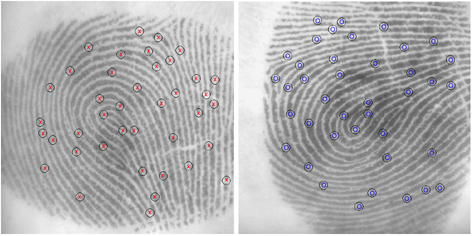How can we ensure that the Need is broadcast to the right potential experts, without narrowing or broadening too much the broadcast and and do we ensure that we manage to engage these potential experts?
Tradeoff between targeting and large broadcast
To maximize the probability to solve a problem, a tradeoff has to be found between strong targeting of the solvers and large broadcast: even assuming a large base of solvers, it is merely impossible to guaranty their engagement into problem solving. To engage solvers, one needs to contact them (for example by email) to “advertize” the problem. Given a certain problem, who should be contacted? All the solvers in all the fields? Solvers whose online profile shows a certain “potential” for the problem? Common knowledge would assume that it is best to target solvers to most-efficiently engage them into the solving process. However, a paradox underlies Open Innovation platforms: the “graal” of these platforms is to maximize cross-fertilization (between industries and between scientific fields). Indeed, studies have shown that submitted problems are regularly tackled and solved by solvers outside of the“natural” field.. The initial problem broadcast to experts should therefore not be too targeted. However, recurring fuzzy broadcast of problems to solvers leads to decreasing interest as many irrelevant problems end up being sent to solvers. The tradeoff is uneasy and fails in most situations.
The solver protection
The solver has no guarantee that his solution will not be “stolen” by the client company. Since no trustable mechanism is proposed to incite the client company to reward a good solution (as they may use it for free if they do not look for the IP rights[1]), solvers are very reluctant to propose a valuable solution when they have one.
[1] Some platforms even propose to their clients a free broadcast of their problems; in this case, the platform get paid by the client only if a “good” solution is found. This results in the publication of poorly formulated problems (and subsequently poor quality of solving), and makes it possible for seekers to use the platform as a “free brainstorming”.
The present article is after the chapter we wrote in the book “A Guide to Open Innovation and Crowdsourcing: A Compendium of Best Practice, Advice and Case Studies from Leading Thinkers, Commentators and Practitioners“.




Trackbacks/Pingbacks